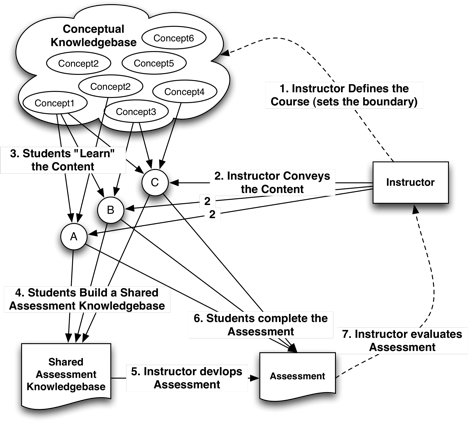Two terms that are often discussed together are ‘Social Innovation’ and ‘Social Entrepreneurship‘. The latter label is a version of old wine in new bottles that seeks to redefine using social media approaches to address societal problems. A classic example that many readers may have experienced personally is the UNICEF orange donation box. Many of us carried these boxes door-to-door as we collected Halloween candy during our childhoods. More recent versions that have caught the public’s imagination are Tom’s shoes and microfinancing. While the Internet and Social Media have lowered the barriers to entry for Social Entrepreneurship, it is still not a new model. In fact, the phenomenon has been in existence for as long as written memory. In no way do I intend to diminish the new movement or the term for that matter. The recent outburst in Social Entrepreneurship is great and many of the companies are also Social Innovators. The microfinancing companies are a good example of the Social Entrepreneurship that rely on Social Innovations to make very real changes in people’s lives.
Social Innovations strive to fundamentally reorganize interpersonal relationships to build better markets for exchanging goods and services. Information flows through the communities to improve everyone’s understanding and build shared values. In this sense, they change the business environment. My friend and adviser, David Singer, often discusses how “Ecosystems are the new basis of competition. The companies (and brands) that know how to position themselves as platforms for self-organization can make Google-like growth almost template driven.” In addition to changing how businesses compete, the ecosystem view changes how we must manage organizations. Inc. Magazine published a nice article that had the ecosystem management skill as the number one thing effective leaders do. Similarly, the way we manage the class-space ecosystem needs to change.
One major Social Innovation in higher education is the co-creation of the curriculum and course content. An early diagram of the envisioned learning ecosystem can be seen below. However, this diagram too is out of date and a new iteration is emerging and will appear here in later posts. In particular, the boundaries around the learning space that serve as the starting place are problematic. The ‘Millennials’ prefer to learn in a dynamic collective fashion as part of their neurological make-up.
As a post from Medial Solutions describes: “Lean in to user-generated content: Expanding on that communal nature, Millennials gravitate to brands that allow them to truly engage. Eighty-five percent of Millennials said that user-generated content had some influence on what they purchased, especially larger purchases.” Few purchasers are larger than higher education.




